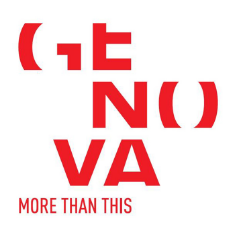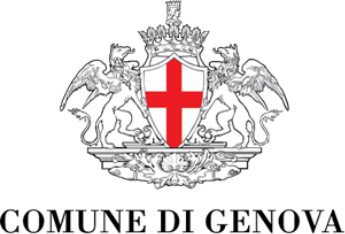The last room on the second floor of the museum is dedicated to the extraordinary collection of Prince Odone of Savoy, the initial nucleus of materials from which the Ligurian Archaeological Museum of Genoa started. Odone di Savoia (1846-1866) son of Vittorio Emanuele II, during his short life put together a collection of art and archaeology: Greek and Roman ceramics, bronzes, glasses, lamps, coins and gems form his collection of 500. In the room, the materials are divided on the basis of their places of origin which coincide with the journeys undertaken by Odone in the Mediterranean up to Constantinople in 1861 and by excavations he undertook in Campania in addition to purchases on the antiques market.
The visit ends on the ground floor of the museum in the Egyptian Room: various factors have coincided to bring to Genoa important Egyptian artefacts such as the sarcophagus, mummy and statue of Pasherienaset. The priest Pasherienaset lived 2600 years ago in Edfu, Upper Egypt, and was a priest of the god Horus and other deities. His body was embalmed, wrapped in linen bandages and protected by amulets and a "magic armour" made up of hundreds of pearls. His statue, lost for centuries, was found and purchased thanks to the support of the Garrone Foundation: according to ancient Egyptian beliefs it welcomes the soul of Ka or the vital energy of the deceased.
In the room there are also artefacts brought to Genoa from Egypt by travellers such as Captain D'Albertis: pharaohs' heads in stone, funerary statues, amulets, bronzes and necklaces.



